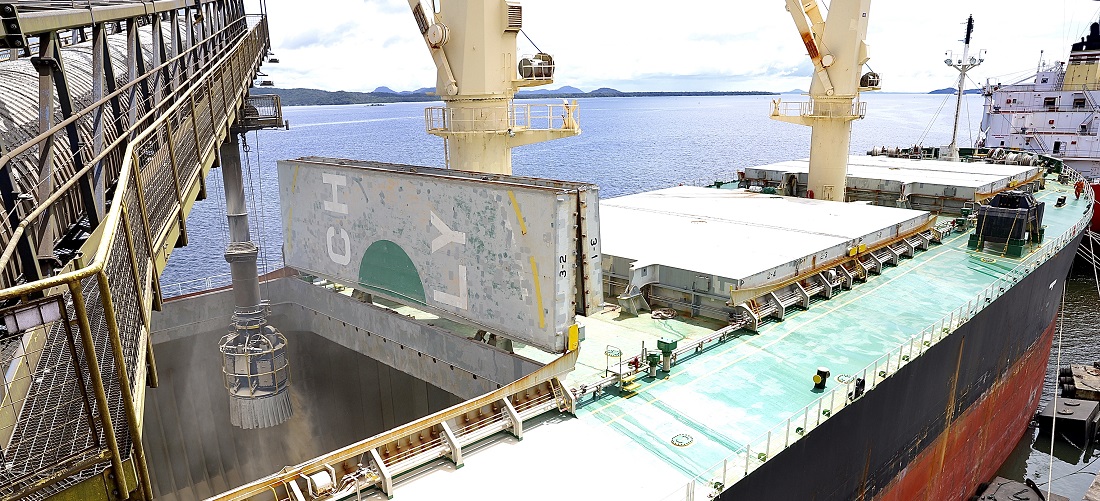
The flow of agricultural goods grows 30% in Brazilian ports
Mar, 28, 2022 Posted by Gabriel MalheirosWeek 202213
The flow of agricultural goods in Brazilian ports grew 30% in January. Altogether, 16.490 million tonnes of agricultural goods passed through Brazilian ports, about 4 million more than in January 2021. These numbers are from the National Waterway Transportation Agency (Antaq).
Soybeans account for 22% of the total, in which 3.5 million tonnes were handled in the first month of this year. The four ports that held the most operation of agricultural cargo were Santos, Paranaguá, Rio Grande, and Itaqui. The port of Santos (SP) accounted for 21% of the total volume. The most shipped products were corn, sugar, and soybean oil extraction residues.
Second in the ranking, the port of Paranaguá (PR) corresponded for 14.3% of the total exported, with a volume of 2.353 million tonnes in products like cereals, seeds, oleaginous fruits, and fertilizers. This result is 30% higher than in January 2021.
In February this year, more than 5 million tonnes of agricultural products passed through the Paraná terminal. Soybeans, corn, and other cereals corresponded for 70% of exported products. According to the port’s operations management, the flow of these products led to the rise in exports without being affected by crop failure.
Two thousand trucks pass through the sorting yard in Paranaguá a day. What comes by rail every day is the equivalent of a ship.
“Paranaguá started loading ship after ship in a non-stop process. They were forced to fulfill contracts, and we are loading vessels as if it was a full harvest. We are loading soybeans and waiting for the corn harvest in April,” says Luiz Teixeira Júnior, operation director at Portos do Paraná.
Antaq’s figures highlight the importance of fertilizers. The entry of these products through the ports of Paraná increased by 24% in January.
“We had a queue of 40 fertilizer ships. This resulted in more than 1 million and 200 thousand tons being unloaded at Paranaguá in February alone. The port’s back area, with a capacity of 3 million tons, is full. As a result, we now rely on trucks that come to unload soybeans to take fertilizers out of the port so that we can continue unloading these items at the current rate,” adds Teixeira Júnior.
Source: Canal Rural
To read the full original article, please go to:
-
Ports and Terminals
Jun, 10, 2022
0
Anglo American, Port of Açu to develop water reuse project
-
Other Logistics
Sep, 28, 2023
0
CTSI Acquires Majority Stake in CLIA POUSO ALEGRE, Boosting Logistics in Brazil
-
Sep, 13, 2022
0
Wilson Sons reports increase in port maneuvers of ships carrying pulp
-
Ports and Terminals
Mar, 22, 2024
0
Santos Brasil posts net profit of BRL 504.3 million in 2023


